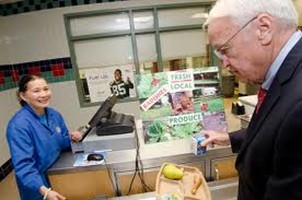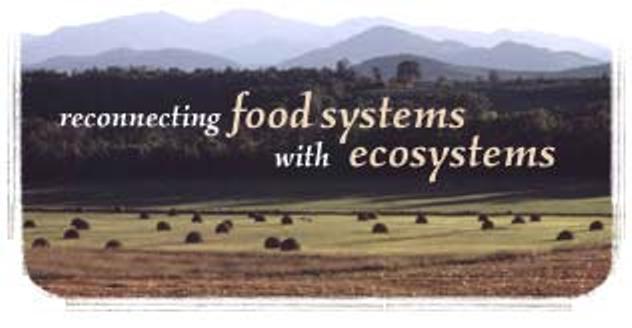School lunches have been a nutritional scandal for decades–remember when ketchup was declared a vegetable during Reagan’s administration? Fortunately, that effort was ignominiously rescinded after public outrage. Still, it’s taken all these years for nutritionists and people interested in children’s health to gather the strength to outwit the system. But this week, the USDA finally released improved nutrition standards for school meals.
Look at the good news:
Fruit and vegetable servings will be doubled, with more variety
Sodium and transfat are now regulated
Milk must be low-fat or fat-free
Calorie standards must take obesity into account (not just hunger).
There are other improvements. Of course, Big Food didn’t give up all its power to dictate policy–French fries are still allowed, and pizza will still be counted as a vegetable. Even Reagan’s administration didn’t get the last point passed. A hundred years from now, no-one will believe that was once actually a government policy.
By the way, have you ever wondered if signing online petitions makes a difference? The 280-page report specifically says, “USDA received a total of 133,268 public comments during the comment period January 13 – April 13, 2011” and adds, “USDA greatly appreciates the public comments as they have been essential in developing a final rule that is expected to improve school meals in a sound and practical manner” (page 6).

